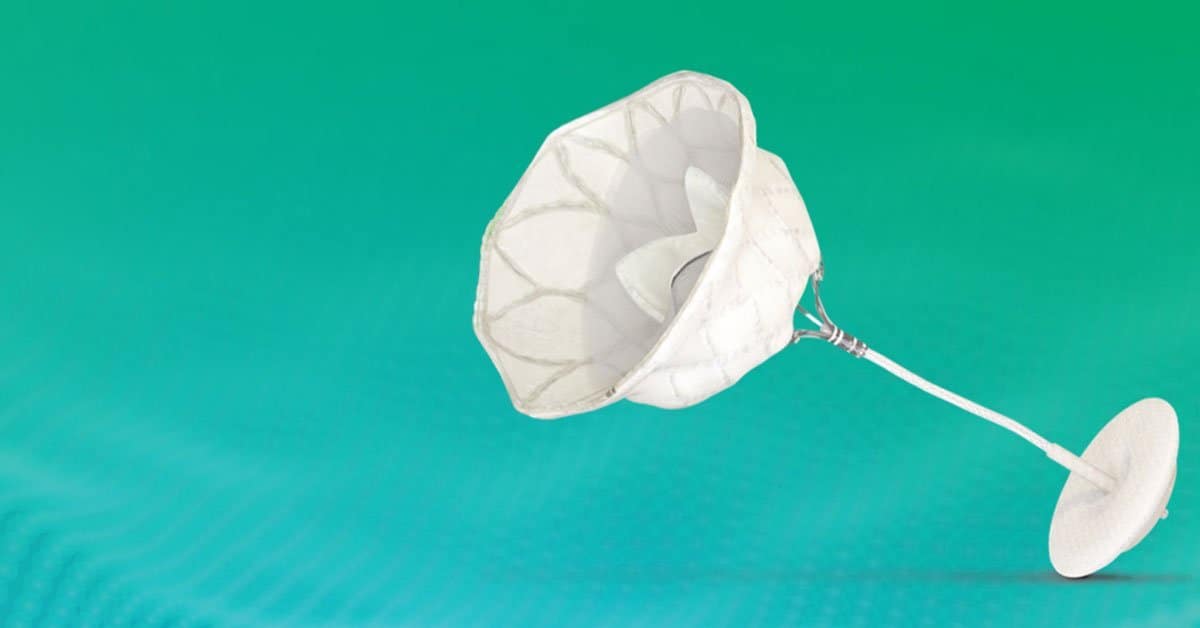A study in the Journal of Vascular Surgery revealed that adding FFRCT assessments to patient workups prior to peripheral artery disease surgeries has a massive impact on coronary artery disease detection, treatments, and long-term outcomes.
- Over 230 million people globally suffer from PAD, and up to 80% of them have concurrent coronary artery disease, but many are unaware of their CAD status.
The researchers randomized 522 surgical PAD patients who hadn’t been diagnosed with CAD to either undergo HeartFlow FFRCT testing or receive standard preoperative cardiac evaluations.
FFRCT analysis revealed high rates of asymptomatic lesion-specific coronary ischemia (65%), severe ischemia (52%), multivessel ischemia (36%), and left main ischemia (8%).
- Meanwhile, the usual care group’s coronary ischemia statuses remained unknown (because they didn’t test for it).
The two groups then received their vascular surgery as planned, and they had no differences in 30-day mortality or post-procedure care.
By month three after vascular surgery, 103 of the FFRCT patients underwent elective ischemia-targeted coronary revascularization.
- Meanwhile, zero members of the usual care group had elective coronary revascularizations (because their ischemia wasn’t identified).
So far, we’ve shown that more CAD testing leads to more CAD treatments, but the study’s five-year follow-up data also shows that these added tests and treatments led to far better outcomes. The FFRCT treatment group had much lower…
- All-cause mortality rates (16% vs. 36%)
- Cardiovascular mortality rates (4% vs. 21%)
- Myocardial infarction rates (4% vs. 24%)
- MACE rates (27% vs. 47%)
In other words, the patients who received FFRCTs were 63% less likely to die during the five years following their PAD surgeries, 89% less likely to die from cardiovascular causes, and 87% less likely to have a heart attack.
The Takeaway
Although PAD patients’ high CAD risks are already well established, this study provides perhaps the strongest evidence yet supporting the benefits of using FFRCT to test PAD patients and guide their CAD treatment decisions.





